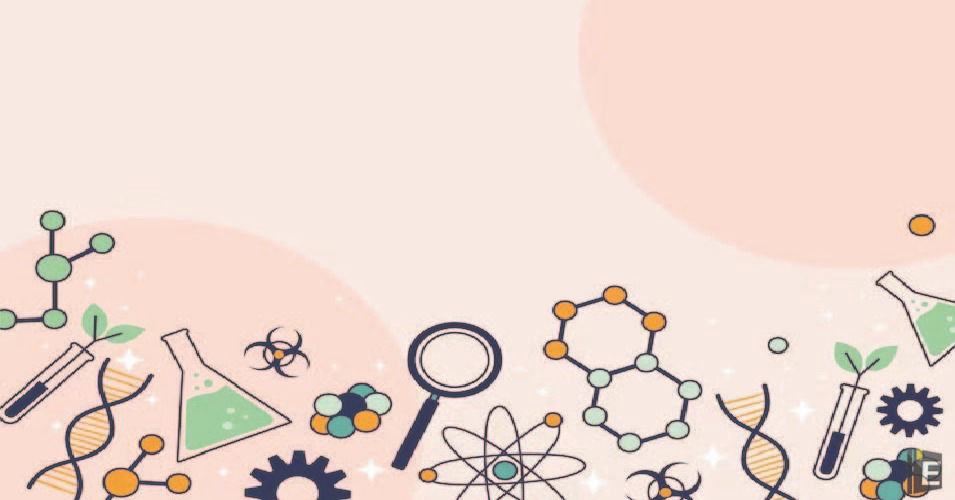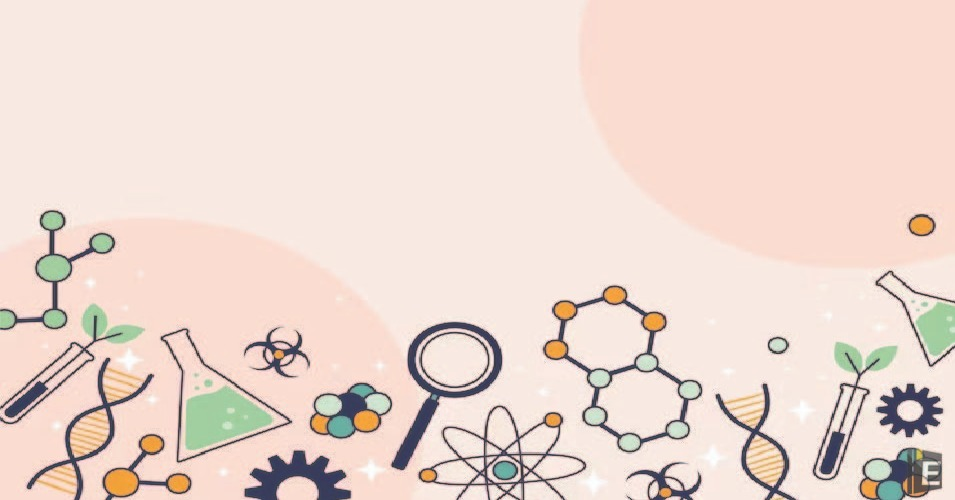


Which of the following is essential to form haemoglobin in blood?
(A) Fats
(B) Iron
(C) Calcium
(D) Protein
1. Iron is required for the formation of hemoglobin.
2. Hemoglobin is a part of red blood cells that carries oxygen and removes carbon dioxide (a waste product) from the body.
3. Iron is stored in the body mainly in hemoglobin.
What is the loss of bone density and strength known as?
(A) Osteoporosis
(B) Acromegaly
(C) Fibrous dysplasia
(D) Fracture
1. Decrease in bone density and strength is called osteoporosis.
2. Osteoporosis is a condition in which bones become weak and brittle.
3. Women suffer from osteoporosis more often than men.
Deficiency of which of these vitamins causes anaemia in humans?
(A) Vitamin C
(B) Vitamin B
(C) Vitamin A
(D) Vitamin B12
1. Anemia in humans is caused by a deficiency of Vitamin B12.
2. Vitamin B12 is a water-soluble vitamin
3. Which is necessary for the formation of red blood cells?
4. The most common cause of anaemia is low iron levels in the body. This type of anaemia is called iron deficiency anaemia.
Match the columns.
Nutrients Examples
a. Protein I. Calcium, Phosphorous
b. Carbohydrates II. Cholesterol
c. Fat III. Glucose
d. Minerals IV. Myosin
(A) a-i, b-iii, c-ii, d-iv
(B) a-iii, b-iv, c-ii, d-i
(C) a-i, b-ii, c-iii, d-iv
(D) a-iv, b-iii, c-ii, d-i
Explanation:
Nutrient Example
Protein Myosin
Carbohydrate Sugar
Fat Cholesterol
Minerals Calcium, Phosphorus
1. Protein is one of the essential nutrients for the body. It is essential for building and repairing muscles, skin, hair, nails and other tissues. Myosin is a protein responsible for muscle contraction.
2. Carbohydrates are the main source of energy for the body. They are found in the form of starch, glucose and fiber. Sugar is a type of carbohydrate that is easily digested by the body and provides energy.
3. Fats are essential nutrients for the body. They help keep the body warm, produce hormones, and build cell walls. Cholesterol is a type of fat made by the body. It is essential for the body, but in excess can cause health problems.
4. Minerals are essential nutrients for the body. They form structural components of the body, help produce hormones, and regulate body functions. Calcium and phosphorus are two important minerals that are necessary for the formation of bones and teeth.
Plants that do not have well-differentiated body design fall in this group. The plants in this group are commonly called algae. These plants are predominantly aquatic.
(A) Bryophyta
(B) Angiosperms
(C) Thallophyta
(D) Pteridophyta
1. Plants in the Thallophyta group are commonly called algae.
2. Thallophyta group includes such plants which are produced without embryo.
3. This group includes algae and fungi. Other plants are included in Embryophyta.
4. Pteridophyta includes plants with vascular tissue.
Who explained the structure and reproductive system of algae in 1935?
(A) MOP Iyengar
(B) FE Fritsch
(C) William Henry
(D) Carolus Linnaeus
1. Explain the structure and reproductive system of algae in 1935. It was from F. E. Fritch.
2. The study of algae is known as phycology. It is also known as Algology.
3. Algae are largely aquatic (both fresh and sea water) organisms, which are chlorophyll bearing, simple, thalloid and autotrophic in nature.
Which of the following body parts is directly affected in the disease called rickets?
(A) Eyes
(B) Tongue
(C) Spleen
(D) Bones
1. Rickets is a bone disease caused by vitamin D deficiency.
2. Due to rickets, the absorption of calcium and phosphorus in the bones decreases.
3. The solution to protect exclusively breastfed babies from this disease is Vitamin D supplements.
Which of the following factors is responsible for the disease called 'Mad Hatter's Disease'?
(A) Inhalation of iron dust
(B) Inhaling silica dust
(C) Mercury poisoning
(D) Vitamin-D deficiency
1. Mercury poisoning is responsible for which of the following diseases called 'Mad Hatter's Disease'?
2. Mad Hatter's Disease is a form of mercury poisoning that affects the brain and nervous system.
3. There is a risk of mental and behavioural changes, such as confusion, hallucination, and irritability etc. in this disease.
Which is a specialised excretory cell found in Platyhelminthes that acts like a kidney, removing waste material through filtration?
(A) Fat cell
(B) Flame cell
(C) Stem cell
(D) Sponge cell
1. Which is a special excretory cell found in Platyhelminthes which acts like a kidney, and the flame cell does the work of removing waste material through filtration?
Which is the smallest bone in the human body?
(A) Stapes
(B) Phalanges
(C) Humerus
(D) Pelvis
1. The smallest bone in the human body is the stapes.
2. This bone is located in the middle ear.
3. The length of the stapes is about 3 millimeters.
Get the Examsbook Prep App Today